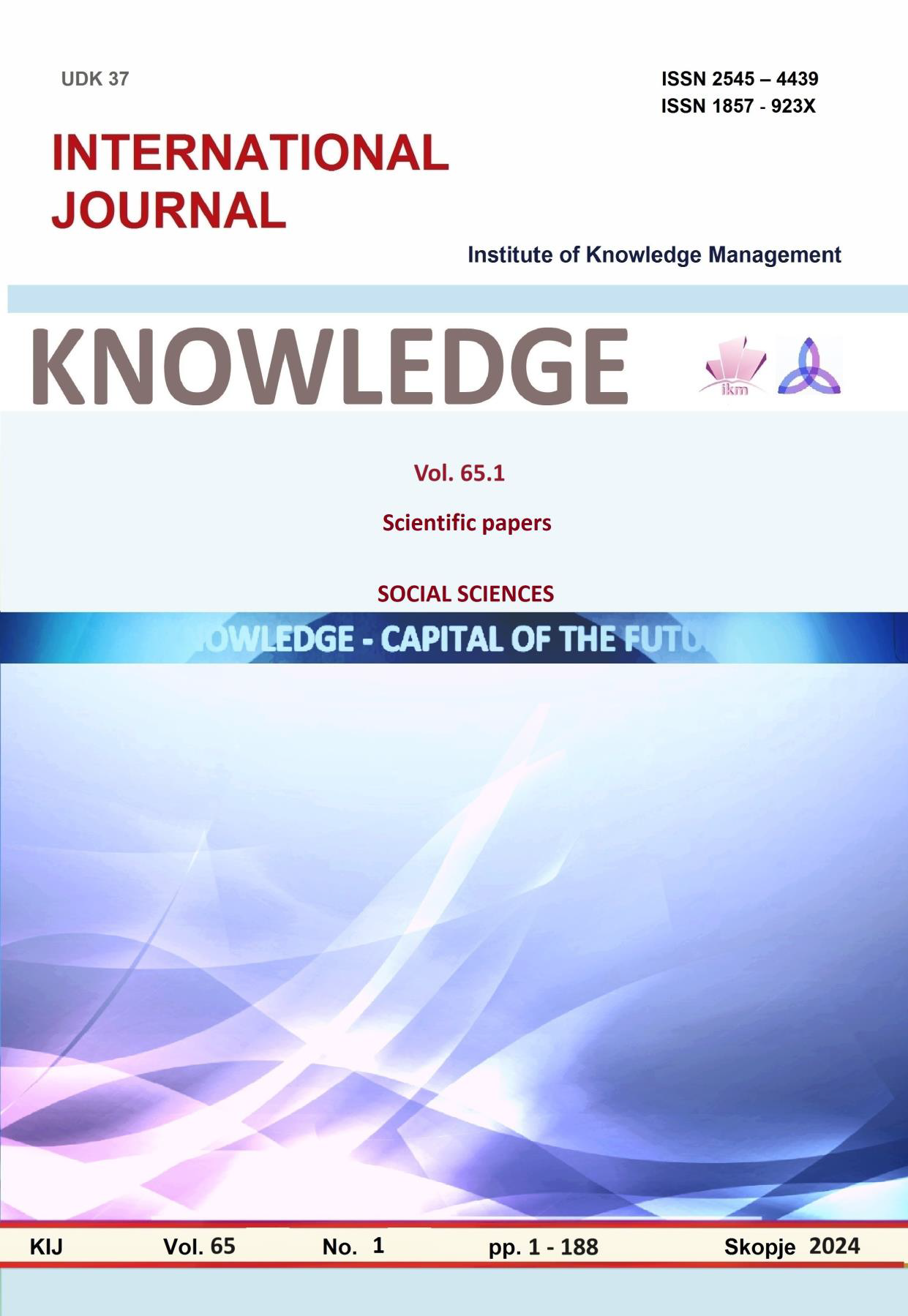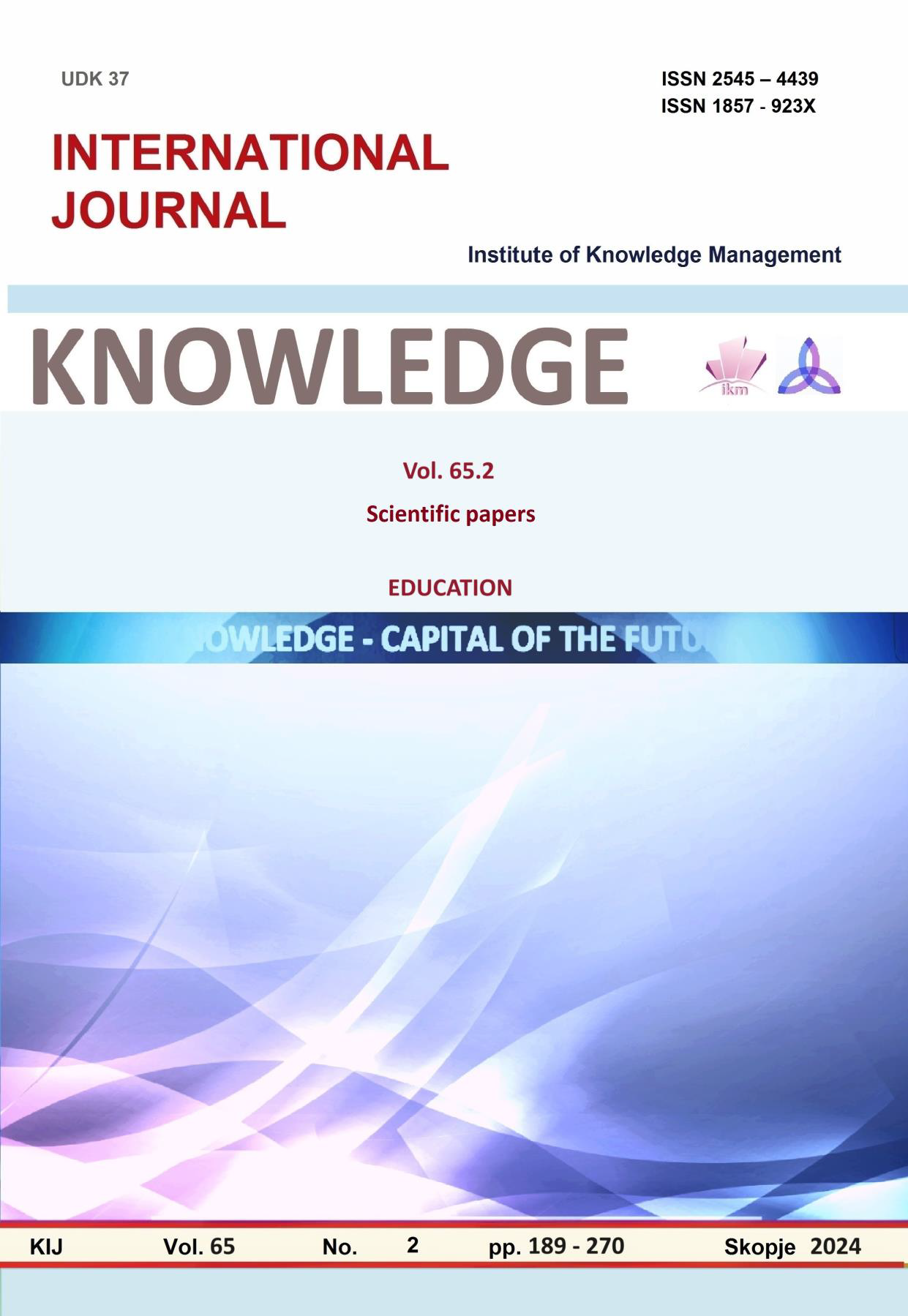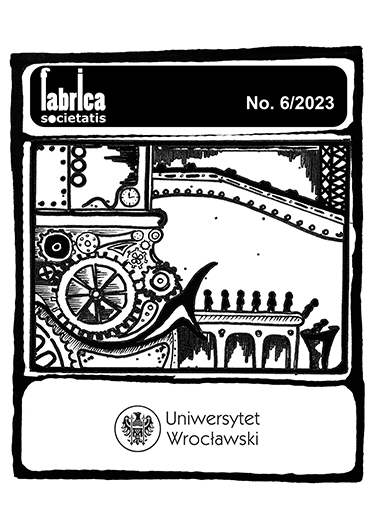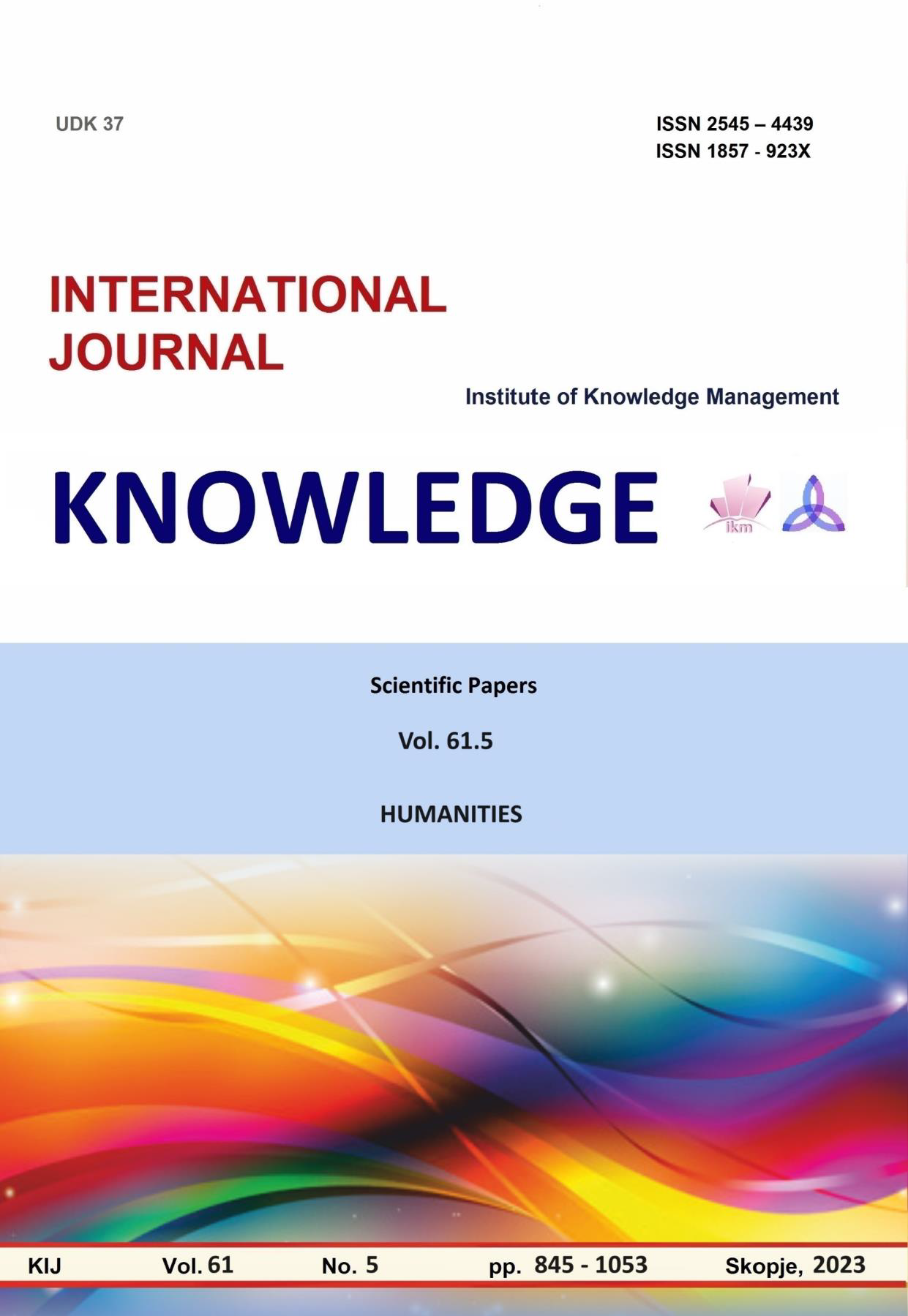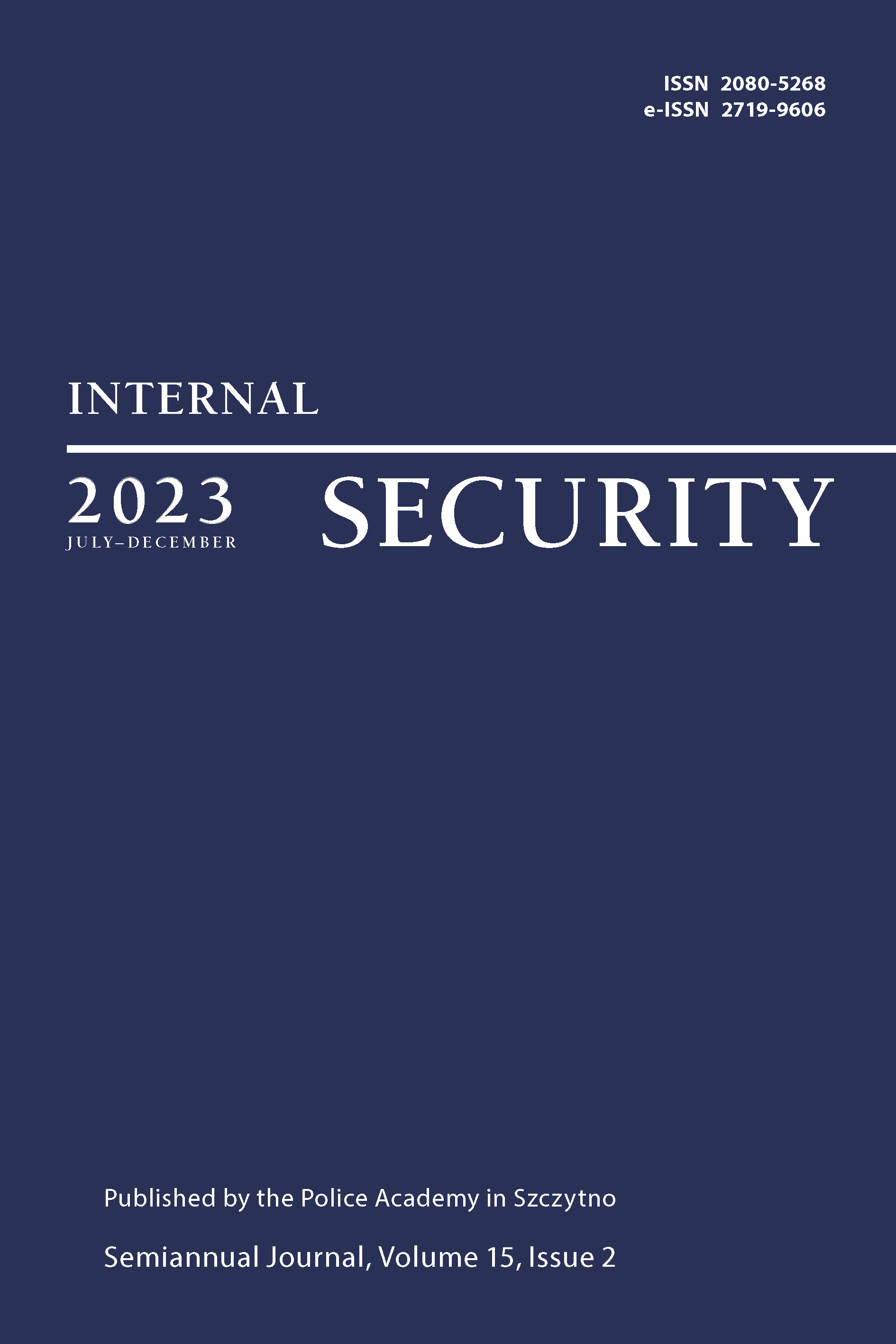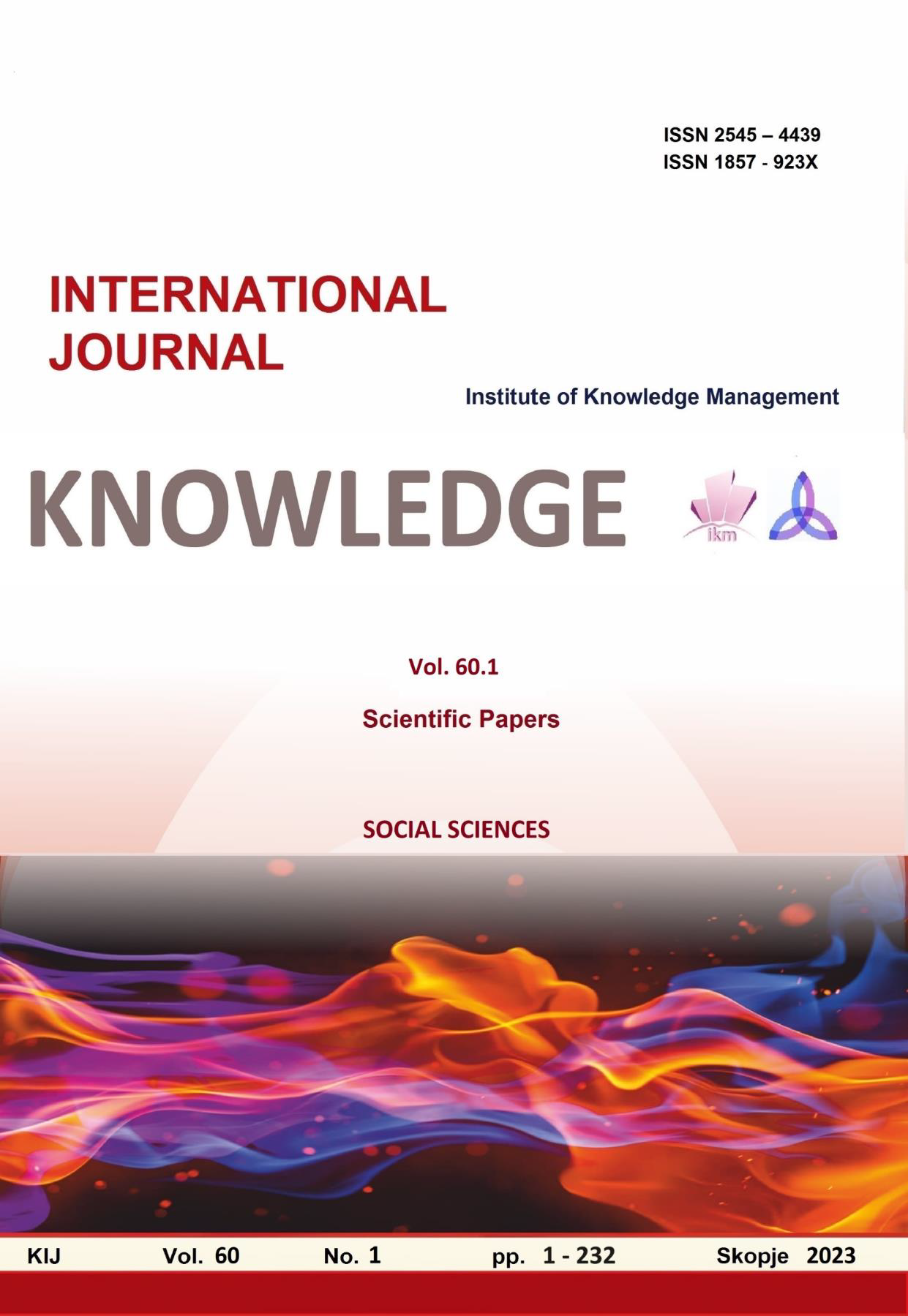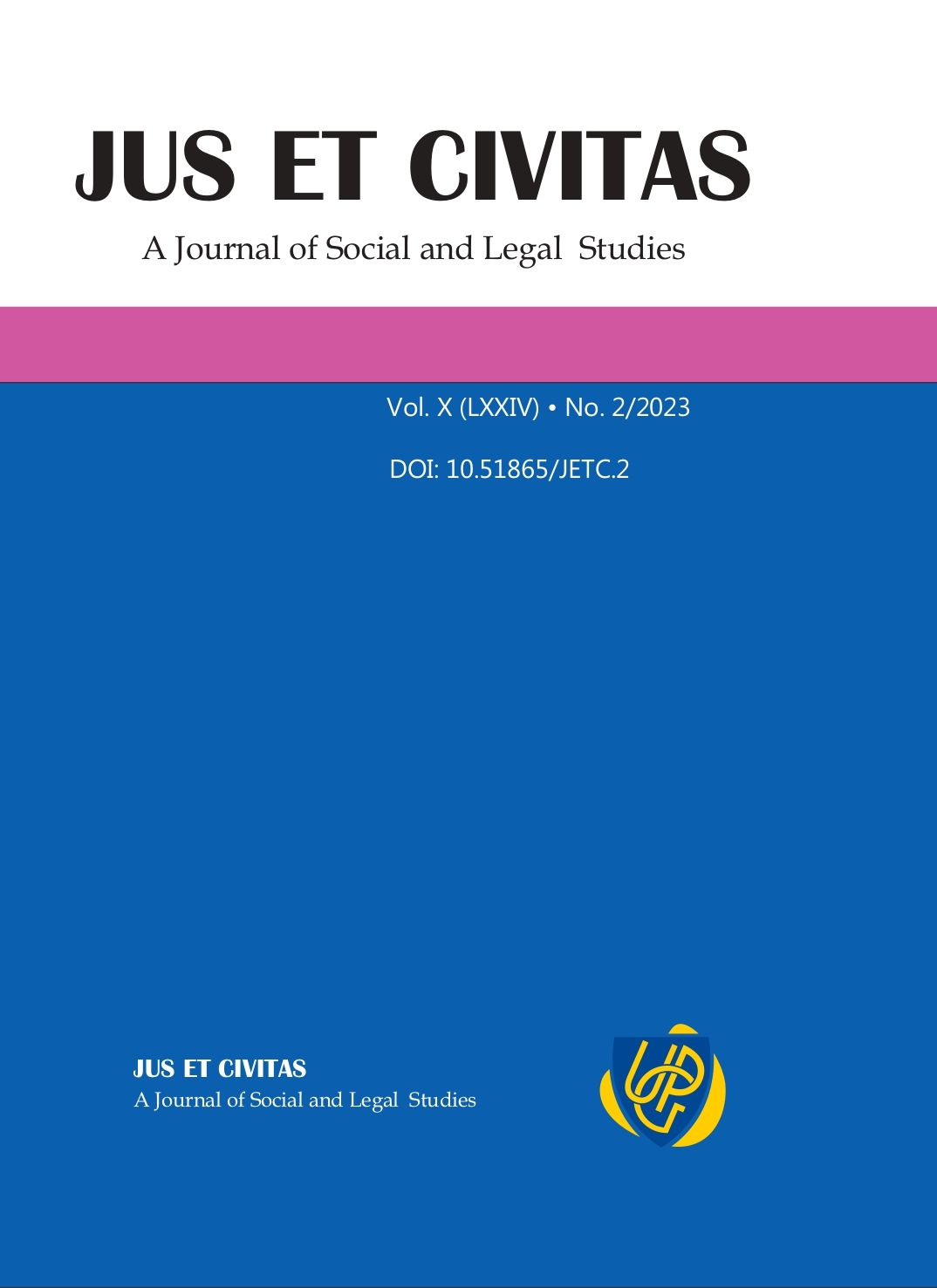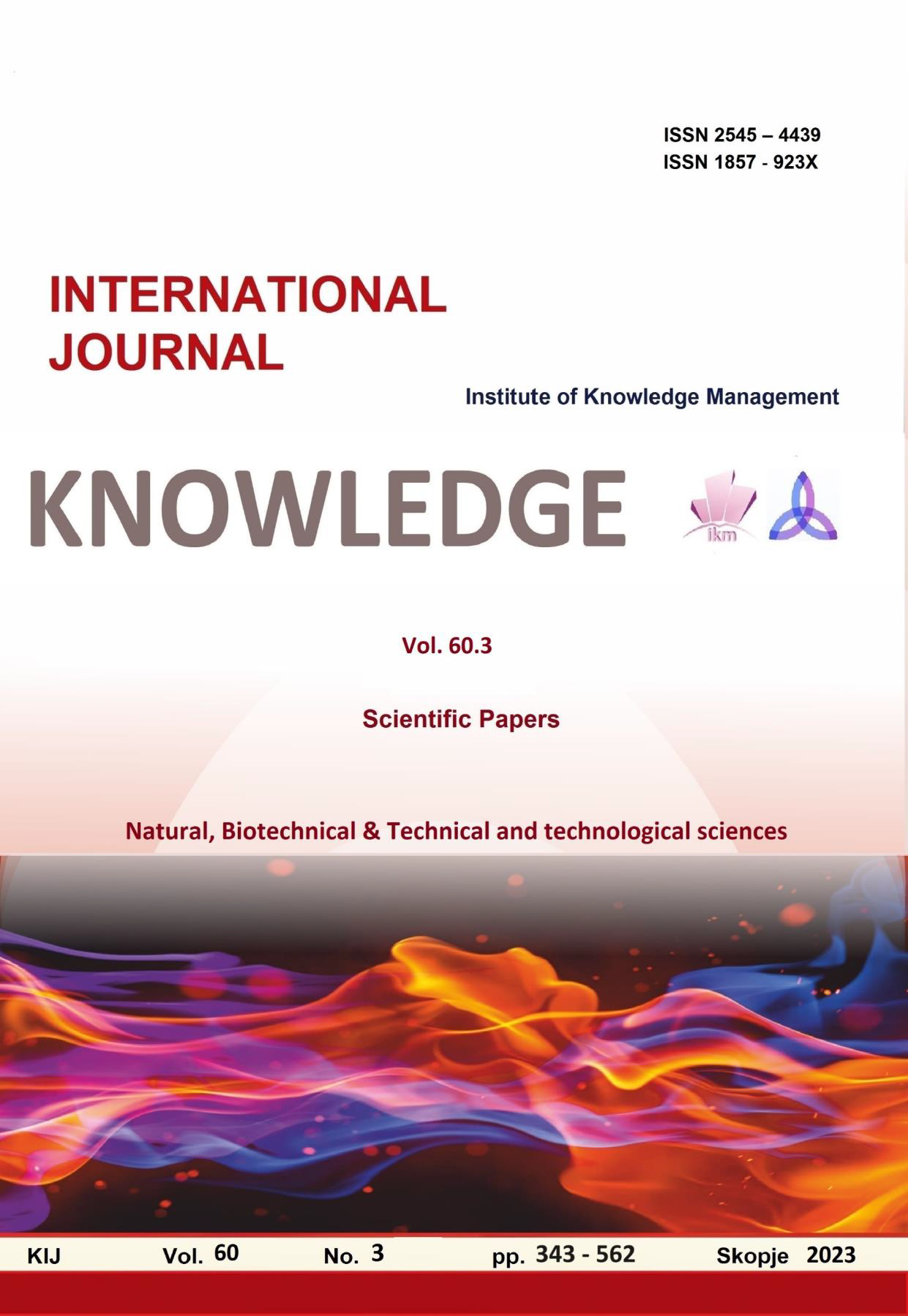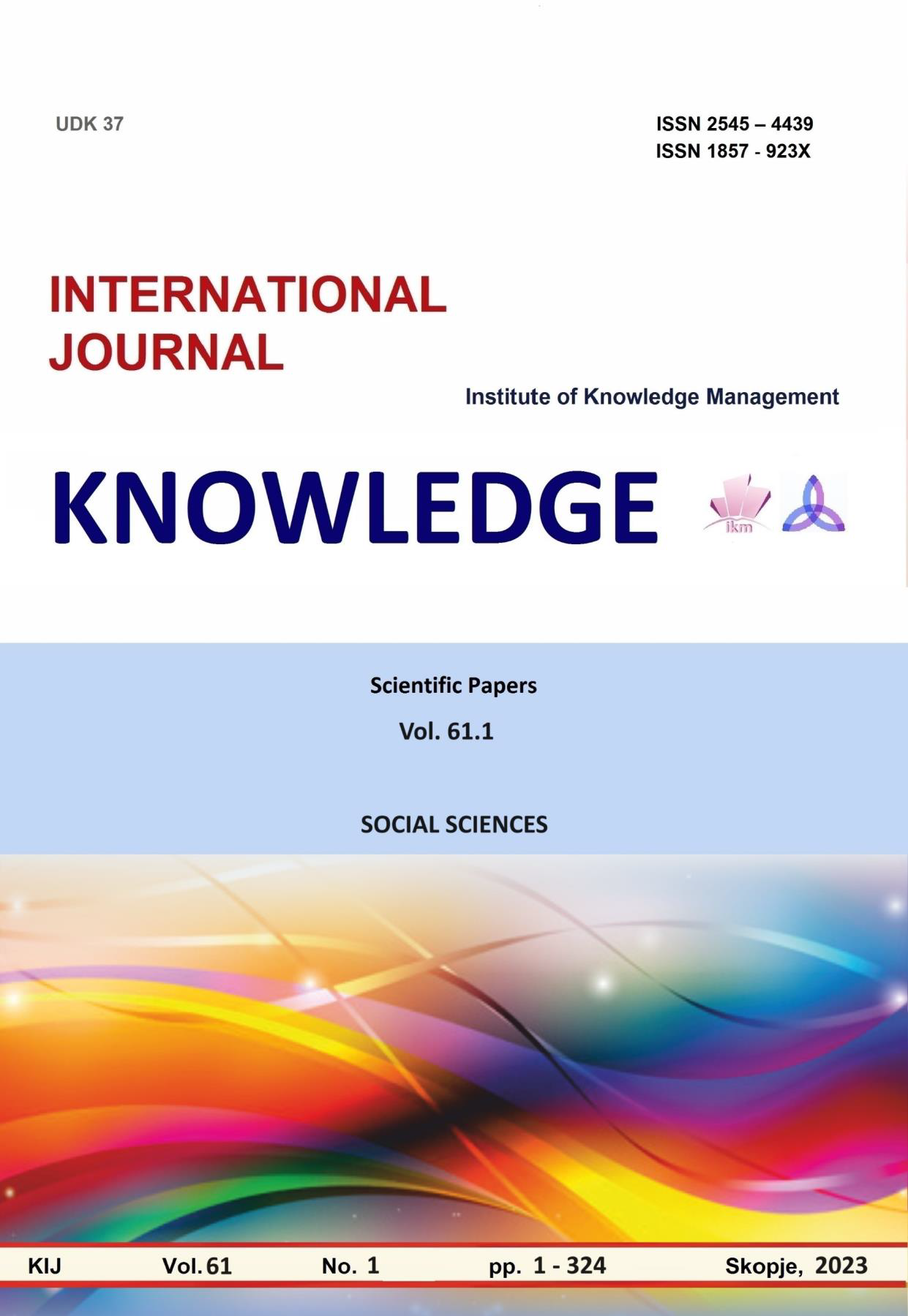
ДИГИТАЛИЗАЦИЯТА НА ДЕНТАЛНИТЕ УСЛУГИ И УПРАВЛЕНИЕТО ИМ
The digital revolution and new information technologies, as well as the ability to access any scientific information, have changed the relationship between doctor and patient. In dentistry, more and more software products and hardware devices are entering, which are a factor in the development of future treatment strategies and processes. Modern dentistry diagnoses and plans through 3D digital X-ray examination, caries detector, 3D electronic periodontal probe, thermal imaging camera, smile design software, ultrasound recorders for mandibular movements, etc. The information obtained in a non-invasive way for the patient is sufficient not only for making a diagnosis, but also for choosing a treatment method, eliminating manual procedures and the possibility of combining inaccuracies and human error. Digital impressions made with intraoral cameras have replaced conventional ones. They immediately generate a computer image on which the dentist projects the design of the future orthodontic appliance or structure, and the associated software creates by milling or printing the future product. These processes are fast and accurate, reduce human labor, save clinical time, and sell patients more than health and new experiences. The digital transformation of business as a complete process invariably includes digital marketing as an element for a new type of communication and gaining trust in new and strengthening trust in old customers. Digital marketing encompasses all marketing efforts that encompass internet marketing and marketing in non-internet digital channels. Information, communication, cloud and other technologies have increased the productivity capacity and reduced the services and goods. The Internet has provided opportunities for greater participation of users in the process of creating new products, by individualizing the demand and, accordingly, the supply of services. Digital technologies have made designing, prototyping and manufacturing products fast and customizable. The concept of digital marketing is invariably associated with increased consumer confidence in products, influenced by recommendations for the respective brand or service. Therefore, the development of brands depends on the quantity and quality of information that is available on the Internet. It can be said that digitalization is based on three components: Technological - includes building a digital infrastructure; Educational - training to work with digital technologies; Communication - accessibility to digital technologies. The topic is current, my main thesis is that the digitalization of dental services and their effective management increases the potential of the dental clinic. The object of research is the Specialized Orthodontic Dental Center "GreOrtho", as a synonym in the text in interchangeability mode I will use the name "Clinic". The research methods are literature review, survey method and data analysis.
More...
